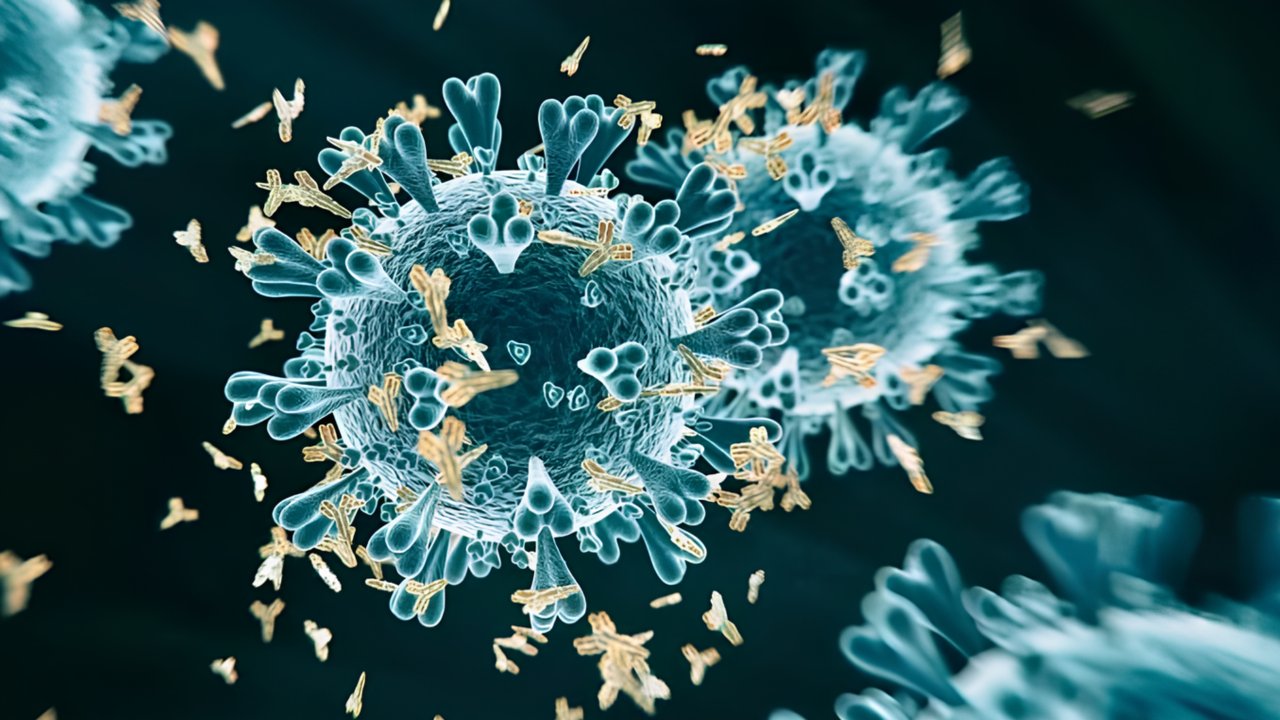Chandipura Virus: An Overview of Symptoms, Causes, and Prevention
The emergence of the Chandipura virus (CHPV) has cast a shadow over India’s public health landscape. This enigmatic pathogen, capable of causing severe encephalitis, has rapidly escalated from a regional concern to a national health challenge. Belonging to the Rhabdoviridae family, the same family as the rabies virus, CHPV is primarily transmitted through the bite of infected sandflies.

As outbreaks have surged, the symptoms associated with CHPV infection—ranging from high fever and headache to seizures and altered consciousness—have raised alarms among healthcare providers. The virus poses a significant threat, particularly to vulnerable populations, including children and immunocompromised individuals.
Despite its serious implications, awareness and understanding of CHPV remain limited. Research into effective diagnostics, treatments, and preventive measures is urgently needed. Public health initiatives must focus on educating communities about the risks associated with sandfly bites and the importance of vector control.
Moreover, as climate change continues to alter ecosystems and expand the habitats of sandflies, the potential for CHPV to spread further is a growing concern. Strengthening surveillance systems and fostering collaboration between researchers, healthcare workers, and government agencies will be crucial in combating this emerging threat and protecting public health.
A Brief History
Discovered in the eponymous village of Chandipura in Maharashtra, India, in 1965, the virus remained relatively obscure until recent years. Sporadic outbreaks and limited research hindered a comprehensive understanding of its epidemiology and pathogenesis.
However, the devastating outbreaks in Andhra Pradesh and Maharashtra in 2003, which claimed the lives of numerous children, brought CHPV into the spotlight.
What is the Chandipura Virus?
Chandipura virus is a dangerous pathogen belonging to the Rhabdoviridae family, specifically under the Vesiculovirus genus. It was first identified in the Indian village of Chandipura, Maharashtra, in 1965.
Primarily transmitted through the bites of insects like sandflies, mosquitoes, and ticks, the virus causes a range of symptoms from mild flu-like illness to severe encephalitis, a potentially fatal inflammation of the brain. Children are particularly susceptible to severe infections.
Important to note: Chandipura virus is not spread from person to person; it is transmitted solely through insect bites.
Transmission of Chandipura Virus
The primary mode of transmission for the Chandipura virus (CHPV) is through the bite of an infected sandfly. These small, often nocturnal insects belong to the genus Phlebotomus. When an infected sandfly feeds on a human, it can transmit the virus through its saliva.
It’s important to note that while the sandfly is the primary known vector, research is ongoing to identify other potential vectors. This is crucial for understanding the full scope of CHPV transmission and developing effective prevention strategies.
Symptoms of Chandipura Virus
The clinical presentation of Chandipura virus (CHPV) infection can vary in severity. Symptoms typically manifest within 2 to 7 days of exposure to the virus.
Common Symptoms:
- High fever: A sudden onset of high temperature is a hallmark of CHPV infection.
- Severe headaches: Intense and persistent headaches are common complaints.
- Vomiting: Frequent episodes of vomiting often accompany other symptoms.
Severe Symptoms:
In more severe cases, CHPV can progress to neurological complications:
- Convulsions: Seizures or fits can occur.
- Coma: Loss of consciousness in severe cases.
- Encephalitis: Inflammation of the brain, a potentially fatal condition, is a major concern with CHPV infection.
It’s crucial to seek immediate medical attention if you or someone you know experiences these symptoms, especially if there’s a possibility of exposure to sandflies. Early diagnosis and treatment are essential for improving outcomes.
Diagnosis of Chandipura Virus
Early and accurate diagnosis of Chandipura virus (CHPV) is crucial for timely intervention and management. Several laboratory techniques are employed for this purpose:
- RT-PCR (Reverse Transcriptase Polymerase Chain Reaction): This is the gold standard for detecting the presence of CHPV genetic material in clinical samples such as blood, cerebrospinal fluid (CSF), or throat swabs. It offers rapid and sensitive results.
- ELISA (Enzyme-Linked Immunosorbent Assay): This test detects antibodies produced by the body in response to the virus. It is useful for determining past exposure to CHPV but may not be as timely as RT-PCR for acute infections.
- Virus Isolation: This involves culturing the virus in the laboratory from clinical specimens. While it provides definitive confirmation, it is a time-consuming process.
A combination of these diagnostic methods is often used to confirm CHPV infection and monitor the disease progression.
Treatment for Chandipura Virus
Unfortunately, there is currently no specific antiviral treatment available for Chandipura virus (CHPV) infection. The primary focus of treatment is supportive care, aimed at managing symptoms and preventing complications.
Key components of supportive care include:
- Hydration: Maintaining adequate fluid intake is crucial, especially in cases with vomiting.
- Fever management: Antipyretics can be used to reduce fever and discomfort.
- Anticonvulsants: These medications are administered to control seizures, which can occur in severe cases.
Given the potential severity of CHPV infection, especially its impact on the nervous system, close monitoring and supportive care in a hospital setting are often necessary.
Epidemiology and Outbreaks
Chandipura virus has primarily been reported in India, with sporadic cases and outbreaks documented in several states, including Maharashtra, Gujarat, and Andhra Pradesh. The virus has also been detected in neighboring countries, indicating a potential for wider geographical spread.
Key Outbreaks
2003 Maharashtra Outbreak: One of the most significant outbreaks occurred in Maharashtra in 2003, affecting a large number of children and resulting in high mortality rates. This outbreak brought considerable attention to the virus and highlighted the need for improved surveillance and response strategies.
2004 Gujarat Outbreak: Another major outbreak took place in Gujarat, where rapid transmission led to numerous cases of encephalitis, primarily in children.
Subsequent Outbreaks: Since these major outbreaks, smaller outbreaks and isolated cases have been reported periodically, underlining the persistent threat posed by the Chandipura virus.























